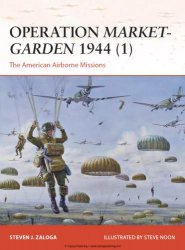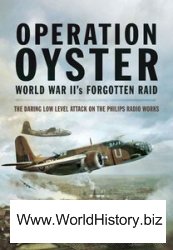The Iron Curtain, a phrase coined in the late 1940s, by the former prime minister of Britain Winston Churchill, marked the line between East and West in Europe—or more important on a strategic level, the line between North Atlantic Treaty Organization (NATO) forces and those of the Warsaw Pact, a defense alliance organized by the Soviet Union in response to NATO. Its collapse resulted from the Soviet Union’s withdrawal of its support and influence from its Eastern European satellites, and the subsequent political upheavals in those nations.
Shortly after coming to power in 1985, Soviet leader Mikhail Gorbachev announced plans for economic, political, and social reform in the Soviet Union. In December 1988, in a speech before the United Nations, Gorbachev announced his plan to unilaterally withdraw 500,000 troops and 10,000 tanks from the East European countries of the Warsaw Pact. Immediately after the withdrawal of Soviet support, the Communist regimes in Eastern Europe began to collapse. In Poland, the Solidarity movement won in parliamentary elections in June 1989. At the July 1989 Warsaw Pact meeting, Gorbachev told the Eastern European states that the Soviet Union would no longer work to control their economic and political policies. The newly elected Polish officials took office without Soviet interference. The success of the Polish dissident movement encouraged dissident resistance to the collapse of Communist regimes in other Eastern European countries. In the fall of 1989, the Hungarian Parliament dismissed the Communist Party as the official ruling institution. Hungarians throughout the nation responded by tearing down communist symbols. Czechoslovakia threatened to erupt in violence, as street demonstrations broke out demanding the release of Vaclav Havel, a leading dissident author, from prison. The tide turned on November 24, 1989, when Alexander Dubciek, the leader in Prague, called for the ouster of Stalinists from the Czech government. The Communists responded with immediate resignations, and the people quickly named Havel to the presidency. The government of Erich Honecker sought to hold on to power in East Germany, despite numerous violent outbursts. On November 9, 1989, East Germany opened its border with its western neighbor. The following day, citizens from both East and West Germany began tearing down the Berlin Wall. One year later the two halves became one, after more than 40 years of separation, with the new united Germany instituted as a full member in NATO. In Romania, Nicolae Ceausescu ruled for more than 20 years as one of the harshest communist dictators, but in December 1989 opposition to him rose, along with a spirit of resistance. Most of the Romanian army turned against Ceausescu. On December 25, 1989, he and his wife were tried by a military court and then executed on television.
The collapse of the Soviet Union came with an abruptness that took most people by surprise. In Eastern Europe, many of the nations were not prepared to make the political, economic, and social transition to democratic government and free-market economics. Yet in the following years, many of these nations created democratic governments and began to prosper economically. For the Soviet Union, the transition came less easily, as it continued to experience political corruption and a poor economy. As for the United States, policy makers were confronted with a new world in which the cold war had ended, but new international threats emerged, presenting challenges for the 21st century.
See also BusH, George H. W.; cold war; eoreign POLICY; Reagan, Ronald W.
Further reading: John Lewis Gaddis, The Cold War: A New History (New York: Penguin, 2006); Frederick Taylor, The Berlin Wall: A World Divided, 1961-1989 (San Francisco: HarperPerennial, 2008).
—Leah Blakey




 World History
World History









